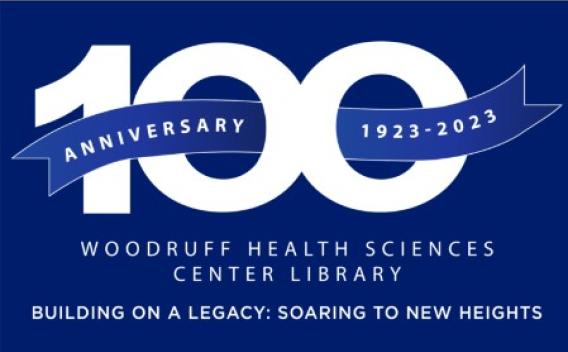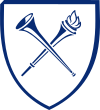WHSC Library's Timeline: 1920s-Present
1923
- Dr. F. Phinizy Calhoun, Sr., states his intent to give $10,000 to Emory University for the founding of a medical library in memory of his father, Dr. Abner Wellborn Calhoun, a pioneer ophthalmologist and physician. Plans are made for the library to be housed in the Wesley Memorial Hospital building. The Emory Board of Trustees approves the gift.
-
M. Myrtle Tye becomes the first librarian of the new Abner Wellborn Calhoun Medical Library, and the new library applies for membership in the Medical Library Association (MLA).
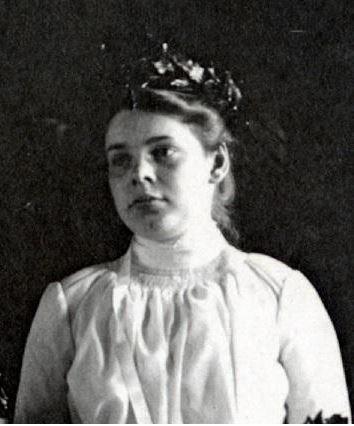
Image: M. Myrtle Tye
1924
- The A. W. Calhoun Medical Library opens on January 1st (New Year's Day). The library occupies two rooms on the main floor of the Wesley Memorial Hospital, predecessor to today’s Emory University Hospital.
1926
- The Calhoun family gifts an additional $32,000 to the medical library. Donors included Mrs. Abner W. Calhoun, Mr. Andrew Calhoun, Mrs. Susan Calhoun Oglesby, and Mrs. Harriet Calhoun Witham.
1930s
-
M. Myrtle Tye raises the funds through faculty and student donations to purchase a rare 1543 first edition of Andreas Vesalius’ De Humani Corporis Fabrica Libri Septem (On the Fabric of the Human Body), the most important anatomy book in history.
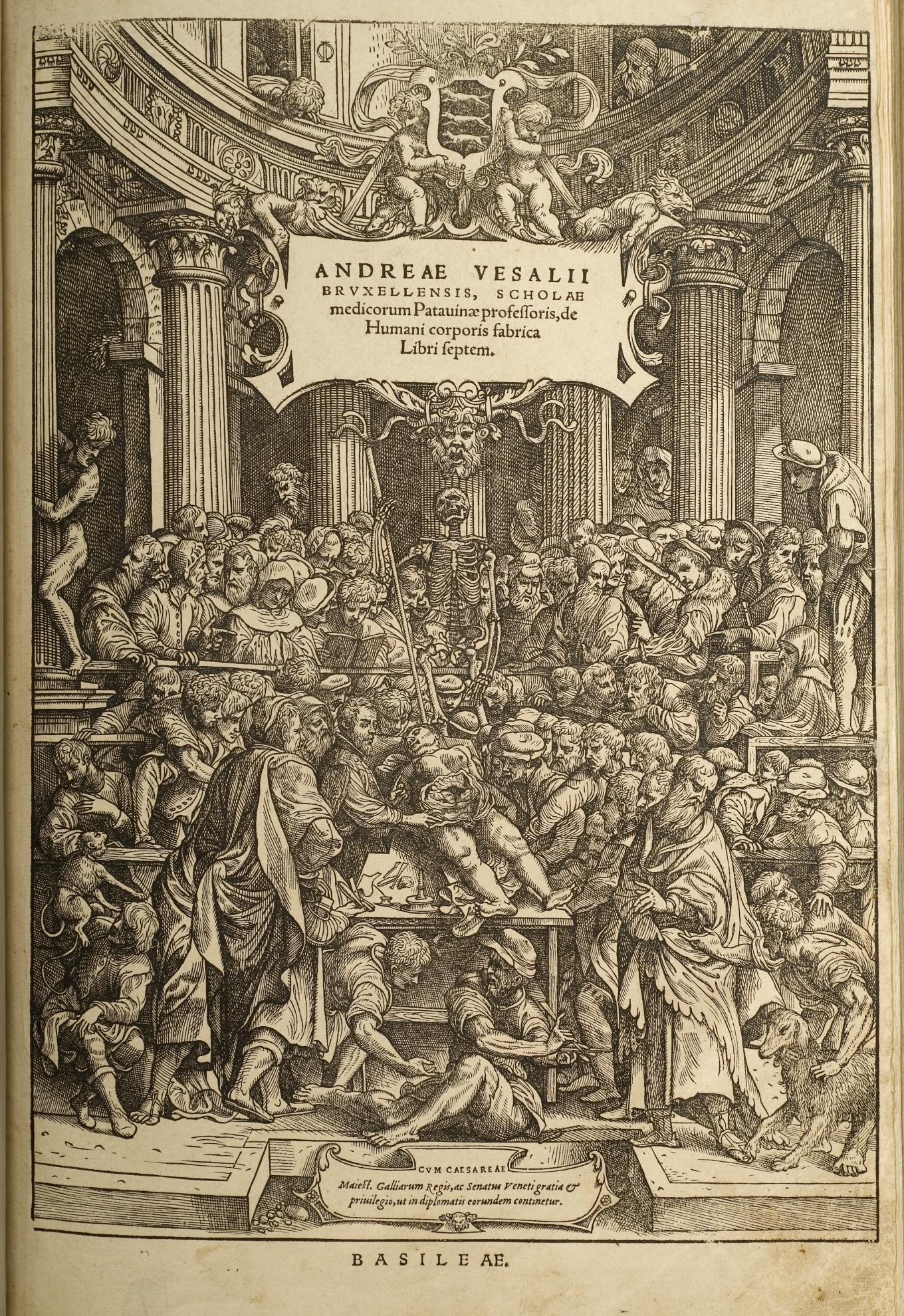
Image: "On the Fabric of the Human Body"
1931
- Dr. F. Phinizy Calhoun, Sr., arranges for the library to be relocated to the third floor of the west wing of the Emory University Hospital, formerly called the Wesley Memorial Hospital, to allow more space for books and users
1933
- M. Myrtle Tye, the first librarian of the A.W. Calhoun Medical Library, dies.
-
Mildred Jordan appointed head of the A.W. Calhoun Medical Library.
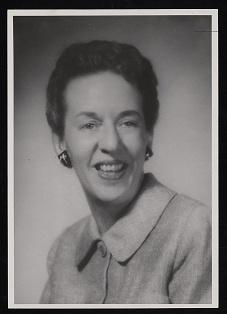
Image: Mildred Jord
1936
- John L. Tye, Jr. gives $175 to the library in honor of his daughter, the late M. Myrtle Tye. The money was the beginning of the Tye History of Medicine book collection.
1951
-
The library moves to the third floor of the Woodruff Memorial Research Building.

Image: Third floor of Woodruff Memorial Research Building
1961
-
Mildred Jordan receives a five-year grant from the United States Public Health Service to establish a training program for medical librarians.
1964
- The Medical Literature Analysis and Retrieval System (MEDLARS) debuted.
- Mildred Jordan receives the Marcia C. Noyes Award, the highest professional distinction awarded by the Medical Library Association for outstanding contributions to medical librarianship.
1965
- Dr. F. Phinizy Calhoun, a long-time supporter and advocate of the library, dies.
- The library offers MEDLINE, a computerized bibliographic service maintained and operated by the National Library of Medicine.
- Mildred Jordan, head of the A.W. Calhoun Medical Library, dies.
1966
-
Miriam H. Libbey appointed the new library director.
Image: Miriam H. Libbey
1970
- The A.W. Calhoun Medical Library is designated the administrative headquarters for the Southeastern Regional Medical Library Program, under a grant from the National Library of Medicine. Libbey serves as director of this program until December 1982, when the Southeastern Region becomes part of the Southeast/Atlantic Region under the Network of the National Library of Medicine.
1984
- Miriam H. Libbey retires as director after 18 years of leadership following a stroke. She dies in December.
-
Associate Librarian for Public Services, Carol Burns, is appointed director of the library.
Image: Carol B
1985
- The Miriam H. Libbey Memorial Fund established by the A.W. Calhoun Medical Library.
- The Library introduces a user proxy card to help control the long lines waiting to pay for journal article photocopying. This library card lays the foundation for the university-wide Emory Card.
1986
- The A.W. Calhoun Medical Library begins the move to its' current location at Emory’s Dental School Building (1462 Clifton Road NE), occupying only the first floor.
-
The first phase of renovations to the new space increases the library space from 17,000 to 29,000 square feet and its number of seats from 150 to 310.
Image: exterior 1462 Clifton Road
1987
- DOBIS Online Public Access Catalog goes live at the library. Staff members wear DOBIS buttons to identify them to users as a person who can assist with Emory's first integrated library system.
1988
- Collections of the A.W. Calhoun Medical Library are combined with the Sheppard W. Foster Dental Collection and the Alice Kydd Davis Nursing Collection. The expanded library is renamed the Robert W. Woodruff Health Sciences Center Library.
1988-1989
- Following the closure of Emory’s School of Dentistry, the Woodruff Health Sciences Center Library expands to the second floor.
-
Renovations increase the library's footprint from 27,000 square feet to 39,000 square feed and expand its seating capacity from 310 to 400.
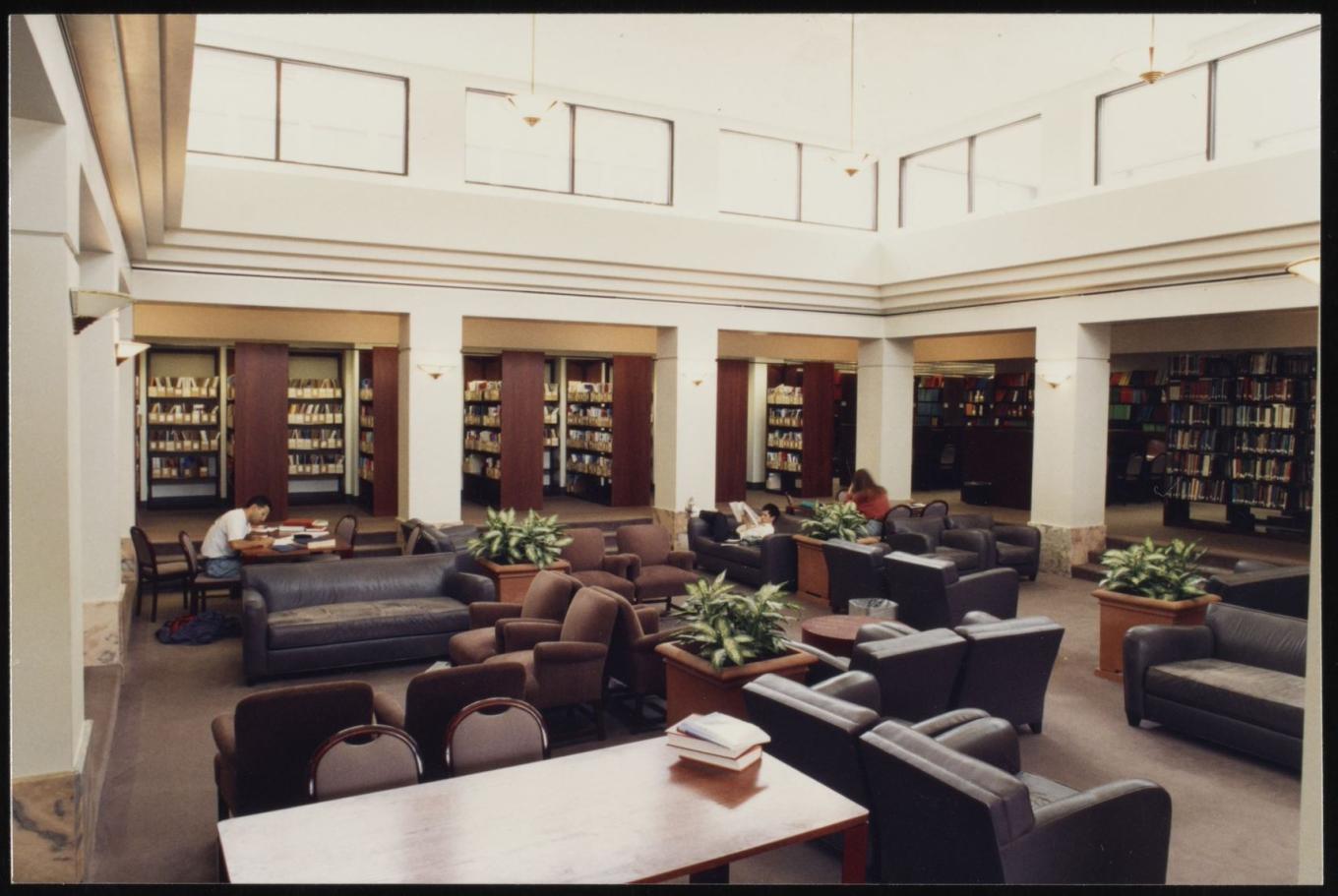
Image: Second floor of Health Sciences Center Library
1989
- The WHSC Library expands its Microcomputer Lab to include 10 new Mac computers, joining their 10 IBM PCs. The new computers were made possible through a grant from Apple Computer Inc., and the School of Medicine.
1990
- The library discontinues the use of card catalog and printed indexes. These are replaced with online access and CD-ROM indexes and catalogs.
1993
- The Learning Lab of the Woodruff Health Sciences Center Library opens. The lab offers 24 computer workstations for library users to use.
1996
- The library launches its first online library reference service through an email listserv called MedRef.
2002
-
Sandra Franklin is appointed director of the Woodruff Health Sciences Center Library following Carol Burns' retirement in 2000.
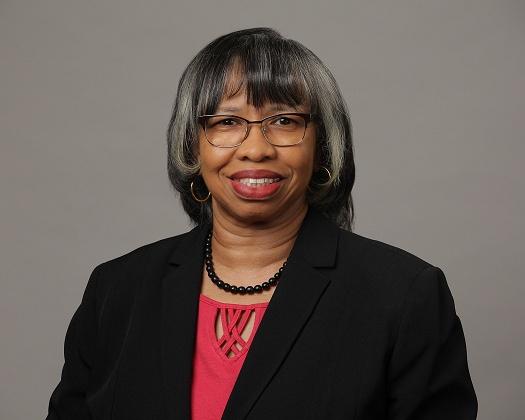
Image: Sandra Franklin
2006
- The library implements electronic InterLibrary Loan delivery. Article requests are emailed rather than requiring users to come into the library for pick-up.
2010
- Following new millennium trends in health and medical librarianship, the WHSC Library adopts the Informationist service model. A Clinical Informationist Team is formed to support clinical information needs and services. All new librarians are hired under the new title Informationist.
2011
- The entrance into the WHSC Library is moved to the lower level, providing access directly from the Whitehead Plaza.
This is placeholder text. If you are reading this, it is here by mistake and we would appreciate it if you could email us with a lin it
This is placeholder text. If you are reading this, it is here by mistake and we would appreciate it if you could email us with a lin it
Celebrating WHSC Library's 100 years of service
Discover the history of the Woodruff Health Sciences Center Library
